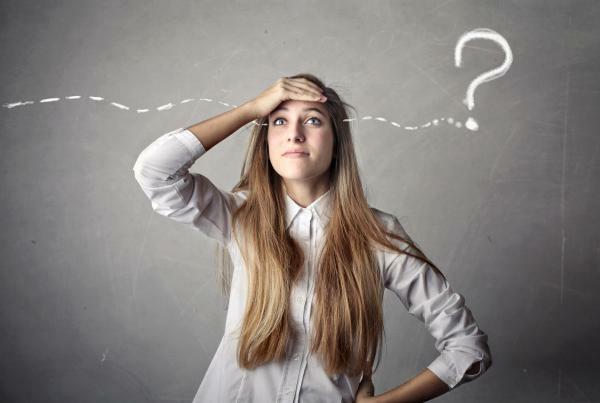
Have you ever wondered how the brain interprets space, position and movement? This is spatial memory, which is not a type of memory that you hear about very often. It is a small subset of memory that operates in both short-term and long-term memory.
In addition, spatial memory is responsible for the ability to move freely around your house, remember the way to the grocery store and find things immediately after having them Market Stall. For this reason, in this Psychology-Online article we will discover what is spatial memory and how to improve it.
Spatial memory is the part of memory responsible for recording information about its surroundings and its spatial orientation. In order for you to be aware of the importance of spatial memory, you must know that it is needed to move within a city. familiar, just as a mouse's spatial memory is needed to learn the location of food at the end of a labyrinth.
Research indicates that there are, in fact, specific areas of the brain associated with spatial memory. It is often claimed that in both humans and animals, spatial memories are summarized in a cognitive map. Some
- Remembering where the car keys are several minutes or hours after putting them there.
- Remember where the furniture is in your house.
- Remember where the light switch is located in the bathroom.
- Remember where the grocery store is and how to get there from home.
- Remember the way to work.

Spatial memory has representations within working memory, short-term and long-term:
Spatial short-term memory
Spatial memory is a cognitive process that allows a person to remember different places and spatial relationships between objects, and spatial working memory is short-term memory. It is this working memory that we use when we try to remember the location of an object immediately after we have placed or seen it.
An example of short-term spatial memory would be when the lights suddenly go out and you are left in the dark. Spatial working memory is what allows you to remember where things are that you can no longer see.
long-term spatial memory
The spatial memory long term includes memories of things you have seen repeatedly or of routes you have done in the past, which your brain encodes in long-term memory. A good example of long-term spatial memory is when you go to the supermarket for the second time after moving to a new city, it is the long-term memory that allows you to remember the way. Long-term spatial memory also allows you to remember where an event took place.
Here there is 5 types of useful and fun activities, which can be used in different contexts, both with children and with people with whom to carry out an education-rehabilitation:
body games
games like basketball, tennis and bowling they train eye-hand coordination and exercise the ability to calculate the spatial distance between the child and one or more objects (basket, tennis ball, bowling).
Visual-perceptual games
Are verbal games, with visual references or spatial terms: look, search, down, up, right, left. An example of an activity would be: two images are brought together in order to find the differences, or several objects represented in one sheet and the child is asked to find a specific one through spatial cues, such as "look for the pen at the top left".
Another game is "find the intruder", which consists of looking for a hidden object in a photo. And on the other hand, "the bingo of opposites", a game with images: the child catches one and must quickly pronounce the opposite word, looking for the figure of the opposite in his folder. With the same material you can play dominoes of opposites, in which the child must put his card next to one that represents the opposite meaning.
Table games
Games like "the memory", which trains visual-spatial memory, or puzzles, which enhance the ability to reproduce a image in copy, integrating visual and spatial information with motor performance and planning.
Other useful board games to improve spatial memory are: bingo, sea battle and Lego construction.
Graph-motor games
games like draw mazes favors the resolution of spatial problems. Connecting the dots trains the mental representation of an image to be formed from the lines and the visual-motor integration. Other games are: do crossword puzzles, copy figures from a model, reconstruct images, complete figures. The advice is to always start with simple figures and then increase the complexity.
Online games
Games like "complete the figure", where cards representing fruits, food and animals are presented in which a part of the image is omitted. The objective is to complete the figure by associating the correct role, identifiable among possible solutions.
When completed correctly, the word corresponding to the figure is pronounced. This game stimulates visual-spatial intelligence, eye-hand coordination, fine motor skills and language.
This article is merely informative, in Psychology-Online we do not have the power to make a diagnosis or recommend a treatment. We invite you to go to a psychologist to treat your particular case.


